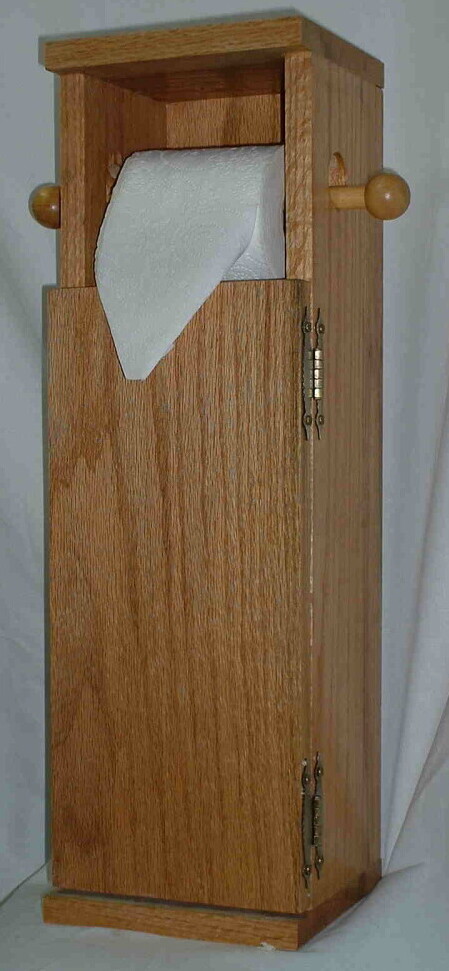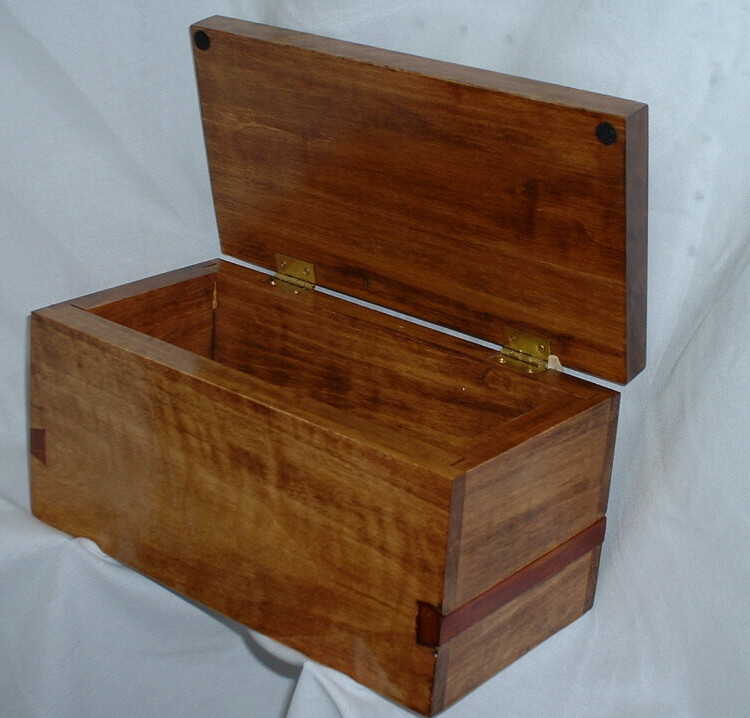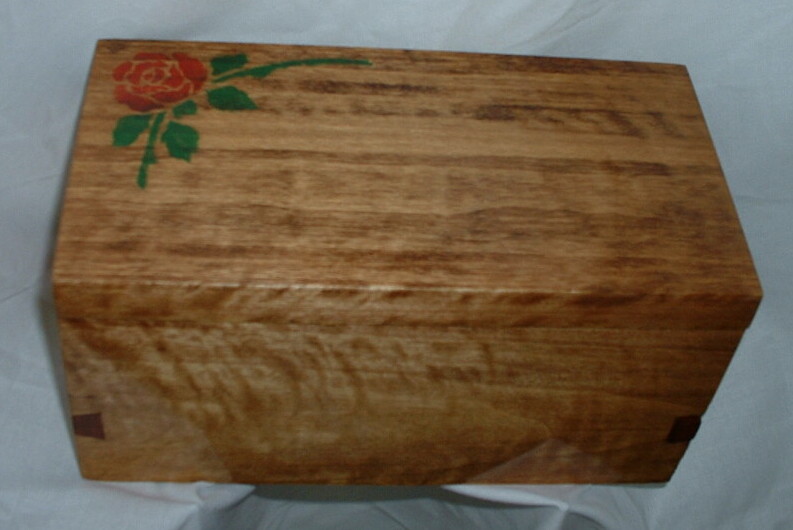Getting into woodworking might sound a little intimidating at first, but it’s actually a really approachable hobby, even if you haven’t used power tools before. You don’t need a fancy workshop or a pile of expensive gear to make something you’ll be proud of. There are plenty of beginner-friendly woodworking projects that just require a few tools, some basic materials, and a bit of patience. Here, I’ll share simple ideas, practical tips, and everything you need to know to start making cool things out of wood, even with zero experience.

Woodworking for Beginners: What Should You Make First?
When you’re just starting out, it’s best to stick with projects that are small, practical, and don’t need a ton of tools or advanced techniques. You don’t have to craft an entire dining table right off the bat. In fact, there are plenty of satisfying things you can make with basic cuts and just a couple of boards. Here are some good starter ideas:
- Simple Shelves: A straight plank or two, a couple of brackets, and you’ve got a homemade display shelf. Even plain wall shelves really help when you’re practicing measuring and using a saw.
- Wooden Coasters: Cutting small blocks from scrap wood and sanding them smooth is a relaxing project, and in the end, you get useful pieces for your table or as gifts.
- Birdhouses or Feeders: Building a small house for the birds is a true classic, and it gives you the chance to put together box joints and try out basic assembly with screws and glue.
- Picture Frames: If you’ve got a handsaw and some glue, you can easily make personalized wood frames to showcase your favorite photos.
These ideas are easy to personalize and help you learn some useful skills, like measuring accurately, cutting straight lines, and finishing wood surfaces. Don’t worry if your first project isn’t perfect; woodworking is as much about the process as it is about the final result.
Why Start With Simple Woodworking Projects?
Jumping into woodworking can feel much less overwhelming if you begin with small, achievable projects. The main benefits for beginners are:
- Quicker Results: Smaller projects mean you see progress fast, which can be pretty motivating and keep you interested.
- Less Expensive: You don’t need rare woods or pricey tools to start. Scrap wood and offcuts are fine for first projects.
- Skill Building: The basics—measuring, cutting, joining, and finishing—are all covered by beginner projects. These skills translate easily to bigger builds later.
- Lower Risk: If something goes wrong, you’re not out a bunch of money or materials. Mistakes are much easier to fix or just start over.
A shelf that wobbles a little or a birdhouse with a funky roof might not make it into a museum, but they get you practicing. That’s really important when you’re learning woodworking.
How to Choose Your First Woodworking Project
Deciding what to make can actually be half the fun. I usually recommend looking around your home or asking family and friends if there’s something small and wooden they need or would like. Maybe a windowsill herb planter, a phone holder for your desk, or a step stool. Chances are, you’ll find tons of ideas once you start paying attention.
Here are some things to keep in mind when picking your first woodworking project:
- Stick with Straight Cuts: Projects that just use square or rectangular pieces are much easier for beginners. Curves and angles can wait until you’re more comfortable using saws.
- Limit the Joinery: You don’t need to get into dovetails and mortise joints yet. Start with butt joints (pieces simply glued or screwed or nailed together) for nice, sturdy assemblies.
- Consider the Tools You Have: If you only have a handsaw, avoid anything that asks for tablesaws or routers. It’s totally possible to make nice things with minimal gear.
- Keep the Finish Simple: A coat of paint, stain, or just plain mineral oil helps protect your wood and gives your project a polished look without a huge learning curve.
I found that starting with projects I could actually use around the house kept me inspired when I was starting. My family liked seeing the results, too.
Here is a toilet paper holder that I made. It is just seven boards cut and glued and screwed together. The front is hinged so extra toilet paper can be stored inside. The rod is simply a dowel with a couple of rounded caps glued on.

What Tools Do You Need to Begin Woodworking?
You don’t need to fill out a whole tool wall on day one. For most easy woodworking projects, a handful of common tools is enough. Here’s what I would suggest for anyone just starting out:
- Measuring Tape: Precision is everything in woodworking. Even a simple metal tape does the trick.
- Pencil: Marking your measurements accurately makes a big difference. Grab a dedicated carpenter’s pencil if you want, but even a regular pencil works at first.
- Handsaw or Jigsaw: A sharp handsaw is plenty for most small jobs, while a jigsaw is useful if you want a bit more versatility and don’t mind using a power tool.
- Screwdriver or Drill: Power drills speed things up, but even a manual screwdriver works for basic screw assembly.
- Hammer: For tapping parts together or driving small nails.
- Sandpaper or Sanding Block: Smoothing rough edges is how you avoid splinters and get a nice finish.
- Wood Glue: Simple white or yellow wood glue is strong and great for joining small pieces.
- Clamps (optional): Even a couple of cheap clamps help a lot to hold things in place while glue dries.
If you already have some of this gear at home, great; just use what you have. Starting small lets you figure out which tools you truly enjoy using before you consider growing your collection. For those who get hooked, slowly adding a few quality tools over time can make woodworking even more enjoyable and open the door to more ambitious projects. Some beginners like to try out tool libraries or borrow from friends before buying their own. Plus, garage sales and Facebook Marketplace can be a goldmine for gently used tools at bargain prices.
How Do I Get Into Woodworking With No Experience?
If you’ve never picked up a saw or hammered a nail, that’s totally fine. Most woodworkers started out just where you are. Here are a few pointers for absolute beginners looking to get comfortable with their first projects:
- Start With Safety Basics: Always wear eye protection and pay attention to finger placement, especially when cutting or drilling. It’s not scary, but staying cautious keeps the hobby fun.
- Watch and Learn: There are loads of free woodworking tutorials on YouTube. Watching someone else explain and demonstrate the process is really helpful for visual learners.
- Use Precut Wood When Possible: Many hardware stores and lumber yards will cut boards to your measurements. This saves time and helps you avoid mistakes while you learn to control a saw.
- Follow Clear Plans: Working off a project plan, either from a book, website, or video, gives you guidance so you don’t get stuck halfway through.
- Practice Makes Progress: Little offcuts are great for practicing cuts, drilling, and assembly before you move on to your actual project wood.
Each project you complete builds confidence and adds new skills. Take your time and enjoy the process. Even mistakes are helpful because they teach you what to do differently next time out. Don’t hesitate to reach out to local community centers or join beginner woodworking clubs. Many offer group sessions where you can ask questions and pick up valuable tips in person.
Simple Woodworking Projects to Try Right Away
Looking for inspiration? Here are a handful of super-easy projects that deliver solid results without a huge investment of time or money:
- Key or Jewelry Holder: A flat board, a few hooks, and a touch of paint or natural finish is all you need for a handy organizer near your door.
- Basic Planter Box: Four boards screwed together make the perfect spot for herbs or flowers on your porch or windowsill.
- Tablet or Phone Stand: Two angled offcuts joined together support your device at a comfy angle, great for video calls or cooking.
- Mini Bookshelf: Stacked planks or even repurposed crates can create a compact shelf for your favorite reads or display items.
- Wooden Tool Tote: A box with a handle is useful for gardening tools, kitchen utensils, or art supplies.
- Simple Box Organizer: Assemble a square or rectangular box out of scrap wood to keep your desktop clear and clutter-free. Add dividers inside for pens, notepads, or charger cables. This is a solid project to practice your measuring and basic assembly skills.
All of these projects are straightforward and give you a great excuse to practice cutting, joining, and finishing wood. They also make practical gifts if you’re in the mood to share your handiwork. If you’re feeling adventurous, you could even join a local craft fair and display or sell some of your small projects. Sometimes, showcasing your work in public can open the door to friendships and even new collaborations.


This is a simple jewelry box that I made for my wife. It is made from 3/4 inch boards I got from one of the big box stores. I cut the boards to the size I wanted. Glued and nailed the boards together with small brads so the nails wouldn’t show. I stained the box and used a clear finish on it. To make it a little nicer, I used a stencil and stencil paint to put the rose on the cover.
Common Beginner Questions (and Honest Answers)
What can I make with wood if I’m brand new?
Start with small, square projects like coasters, picture frames, or simple wall shelves. These come together quickly and build your confidence for larger builds.
What is the easiest woodworking project for an absolute beginner?
A flat wall shelf or set of coasters is probably as easy as it gets; minimal cutting, a simple finish, and just a couple of fasteners or glue-ups.
How long does it take to make something if I’ve never built with wood before?
Most small projects (picture frames, coasters, key holders) can be finished in an afternoon or over a weekend, even while learning as you go.
Do I need expensive wood for my first project?
Nope. Cheap pine, plywood, or even scrap wood is totally fine for learning. Save the pricey hardwoods for when you feel ready to tackle projects you want to showcase.
What’s the most important thing for a beginner woodworker?
Take your time measuring accurately and double-checking your cuts before assembling. Careful planning helps you avoid mistakes and wasted material.
Tips for Building Your Woodworking Skills Over Time
Even after your first project, there’s always something new to learn in woodworking. Here’s how I keep learning and improving my skills, and how you can, too:
- Try New Techniques: Each project can introduce you to something new, like sanding, staining, or using a pockethole jig.
- Experiment With Finishes: Play around with different paints, stains, or oil finishes to see which look you like best.
- Follow Other Makers: Social media is loaded with woodworkers of all skill levels posting projects and advice. Watching their videos or reading their tips can help you learn faster and avoid common beginner pitfalls.
- Reflect and Adjust: After each build, try to think about what went well and what you’d do differently next time. That reflection speeds up your progress.
- Share Your Projects: Snap a photo, show friends, or post online. Getting feedback and encouragement is motivating and makes you really appreciate the work you’ve done.
Little by little, you’ll figure out what kinds of projects you like and which skills you want to improve. The more you make, the easier and more fun woodworking gets. Wrapping up, woodworking isn’t just about building things—it’s about learning, trying, making mistakes, and enjoying your creativity. Keep exploring new projects and techniques, and you’ll keep growing your skills along the way.
When you click and buy through our links, you’re not only upgrading your woodworking game but also supporting The Master’s Workshop of WI—at no extra cost to you. It’s a win-win: you get the best tools, and we keep bringing you top tips and content!
Mike’s Favorites
These are the tools I reach for on almost every project. The seven below are my quick-grab essentials—open the full list for everything I keep on the bench and in my apron.
Top 7 Essentials
- iGaging 6″ Fastener Cal Digital Caliper — Quick, precise checks.
- iGaging 7” and 12” Layout Square Set (also available at Taylor Toolworks) — Reliable layout reference.
- Starrett 6″ Double Square — Everyday layout accuracy.
- Woodcraft 16 ft Tape Measure (Fractional) — Compact; blade stays out on its own.
- Taytools Stainless Steel 6″ Machinist Ruler (4R) — My most-used small measuring tool.
- RZ Mask M2 9-Piece Woodworker’s Kit — Reusable protection against fine dust; far more comfortable than disposables (also available at Amazon).
- ISOtunes PRO 3.0 Bluetooth Hearing Protection — OSHA-certified hearing protection with streaming and calls.
➤ See my full list of Favorites
On the Bench Tools
- iGaging IMPERIAL Bench Squares – Stainless steel blades with wide anodized aluminum base.
- iGaging 7” and 12” Layout Square Set – Anodized aluminum (also available at Taylor Toolworks).
In My Apron Tools
- Katz-Moses 20 oz Waxed Canvas Tool Apron (The apron isn’t in my apron—LOL—but I’d be lost without it.)
- iGaging 6″ Fastener Cal Digital Caliper
- 6-Pack Mechanical Carpenter Pencils with Sharpener and Refills
- Pentel GraphGear 1000 Mechanical Pencil
- Calculated Industries 4019 Material Estimator Calculator
- Woodcraft 16 ft Tape Measure (Fractional) or FastCap Old Standby 16 ft (also at Taylor Toolworks). I prefer the Woodcraft because it’s smaller and the blade stays out on its own. The FastCap works too, but you have to lock and release the blade each time.
- Starrett 6″ Double Square – Hardened graduated blade.
- Starrett 4″ Double Square – Satin chrome finish, hardened blade.
- iGaging 4″ & 6″ Double Square Set (also at Taylor Toolworks). I was gifted my Starrett squares and treasure them, but this iGaging set is a well-made, affordable alternative I’d recommend if you’re buying your own.
- Lufkin Red End Extension Folding Rule (5/8″ × 6 ft) or Crescent Lufkin Wood Rule (6′ Brass Extension). I keep a folding rule for places a tape can’t manage—checking inside a box for square, or when I need a longer, rigid measure. Get one with a brass extension so you can capture full measurements when another arm won’t swing into place.
- Taytools Stainless Steel 6″ Machinist Ruler (4R) Even with other measuring tools, this little rule probably gets used the most.
- EverBrite 9-LED Flashlight, 6-Pack (Assorted Colors)
- Mikov Thin Blade Dual Bevel Marking Knife (0.060″, Rosewood Handle)
- Narex Thin Blade Dual Bevel Striking Marking Knife (also at Amazon). Yes, I carry two knives: this one’s longer for reach where the Mikov can’t go.
Shop Safety Essentials
- RZ Mask M2 9-Piece Woodworker’s Kit — Breathable, reusable, and essential for sanding/cutting (also available at Amazon).
- ISOtunes PRO 3.0 Bluetooth Hearing Protection — OSHA-certified hearing protection with streaming and calls.
Some links above are affiliate links. Thanks for supporting The Master’s Workshop of WI!
This list is updated as I refine my shop setup and favorite tools.
©5/14/2025
the master’s workshop of wisconsin
